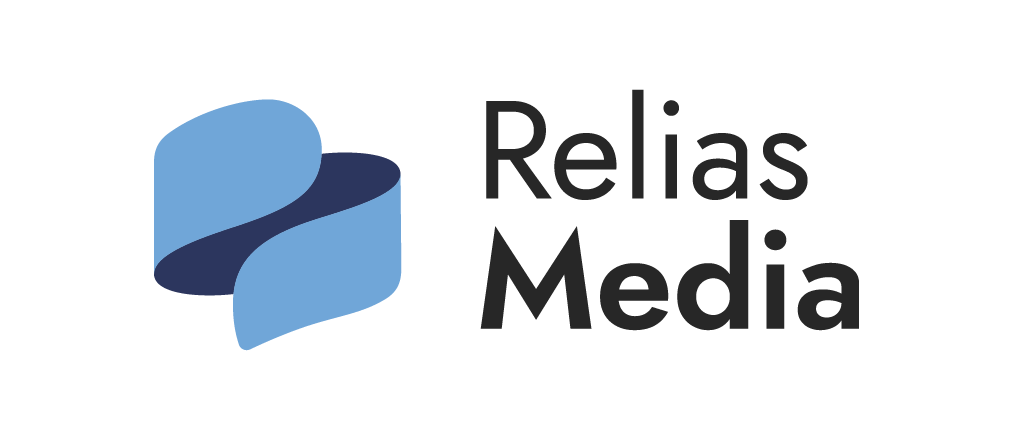In an epidemiologic analysis of SEER data, middle-aged patients with early-stage disease who opted for active surveillance rather than retroperitoneal lymph node dissection experienced a greater rate of second malignancy. The investigators speculate that this may relate to increased radiation exposure (multiple CT scans) and a greater likelihood of subsequent chemotherapy use.
Medication poisonings in children; rosuvastatin vs atorvastatin for atherosclerosis; saw palmetto for prostate symptoms; using atypical antipsychotics for off-label indications in adults; and FDA actions.
From a large cohort of women followed prospectively and with an adjunct meta-analysis of existing evaluable studies, a clearly demonstrated, nearly universal (i.e., across tumor types) incremental increase in cancer incidence was observed with advancing height.
A 66-year-old postmenopausal retired teacher went to her primary care physician because she found a lump in her right breast during a routine bath.
In a large multi-institutional prospective trial conducted from 1994-2001, 1979 eligible patients (median age 70 years) with PSA < 20 were randomized to radiation therapy alone or radiotherapy plus 4 months of total androgen suppression starting 2 months before radiotherapy.
Fourteen elderly patients (median age 85 years) who were considered non-candidates for R-CHOP were treated first-line with a combination of bendamustine and rituximab. Of these, 7 achieved a complete response and 2 achieved a partial response. Toxicity was minimal. Although promising, these results need to be confirmed in larger studies.
Apixaban could soon join the anticoagulation market; Chinese herbs for flu; chronic medication and discontinuation after hospitalization; and FDA actions.
For patients in the midst of chemotherapy, there are little data on the most efficacious time to administer influenza vaccine. In a randomized study of 38 patients receiving FEC chemotherapy for adjuvant treatment of breast cancer, it is apparent that vaccination early (on day 4 of a 21-day cycle) provided better antibody response than when administered late in the cycle (day 16).
